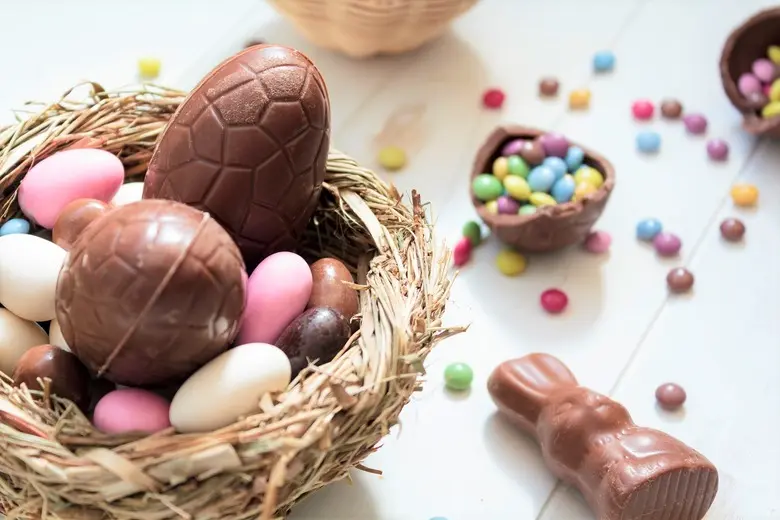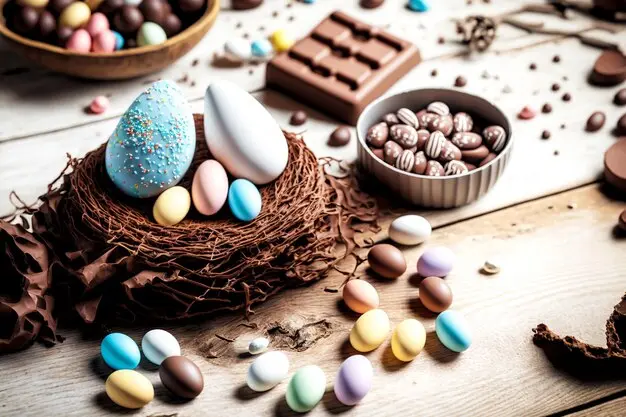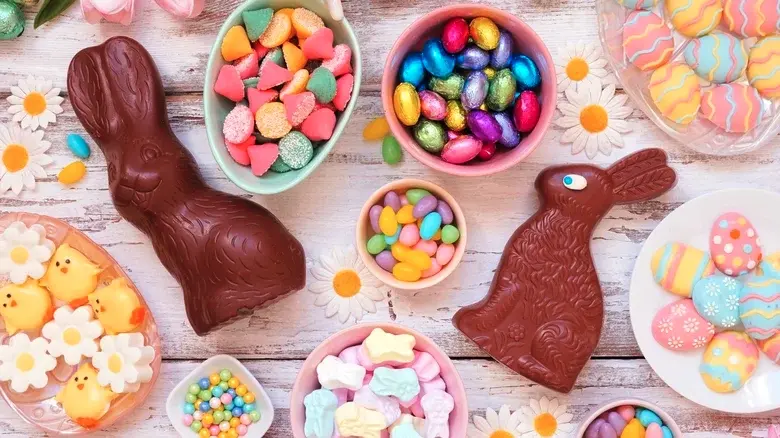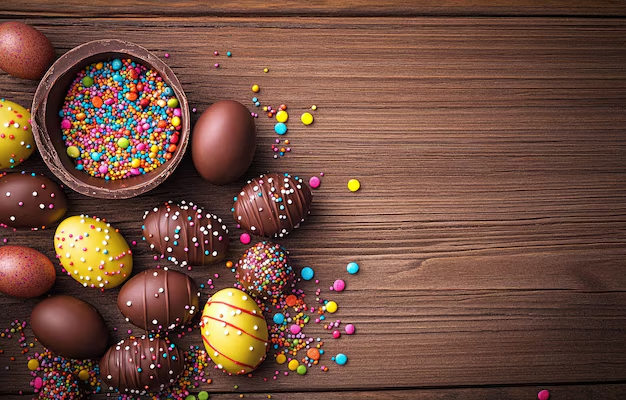The Roots of Easter and Sweet Celebrations

The tradition of Easter candy finds its earliest roots in the religious and seasonal observances surrounding Easter itself. Easter, a Christian holiday celebrating the resurrection of Jesus Christ, was originally layered over older pagan spring festivals that honored renewal and fertility. These springtime celebrations often involved feasting and offering treats to mark the end of Lent—a 40-day period of fasting and reflection. As Christianity spread across Europe, symbolic foods like eggs, representing new life, became associated with Easter. Over time, these symbolic elements evolved from simple, decorated eggs into sweet confections.
The Introduction of Chocolate Eggs

Chocolate made its way into Easter traditions in the 19th century, especially in Europe. In France and Germany, chocolatiers began crafting hollow chocolate eggs using molds, combining the symbolic power of the egg with the growing popularity of chocolate as a luxury treat. These early chocolate eggs were often handmade and elaborately decorated, showcasing the artisan skills of the time. As the Industrial Revolution advanced, mass production of chocolate became more feasible, allowing Easter eggs to become more accessible and affordable to a wider public.
The Birth of Iconic Easter Treats

By the early 20th century, Easter candy had fully taken off, especially in the United States. Popular candy companies began introducing iconic treats specifically for Easter, such as marshmallow chicks (later known as Peeps), jelly beans, and chocolate bunnies. The chocolate bunny, in particular, became a seasonal staple, blending German folklore about the “Easter Hare” with American marketing genius. The commercialization of Easter candy paralleled similar trends in Christmas and Halloween, as companies saw the opportunity to create candy-centered traditions around holidays.
Modern Traditions and Global Influence
Today, Easter candy is a global industry, with millions of pounds of sweets produced and consumed each year in countries that observe Easter. While chocolate eggs and bunnies remain the most popular, each culture adds its own twist—such as Italy’s large, beautifully wrapped chocolate eggs with surprises inside, or the UK's fondness for creme-filled confections. The tradition has even been embraced in more secular and multicultural ways, with Easter egg hunts and candy baskets becoming cherished family activities regardless of religious background. The tradition of Easter candy has thus transformed from a religious ritual into a joyful, widely celebrated custom across the world.
Recommended

Why Smoked Vanilla Ice Cream Reigns Supreme For Rich Desserts

Why Using The Right Tools Is Essential For Homemade Vegan Bologna

The Simple Step You Should Be Taking To Make Your Mimosas That Much Better

One Step Keeps Nori Perfectly Crisp In Homemade Sushi Rolls
Next up


